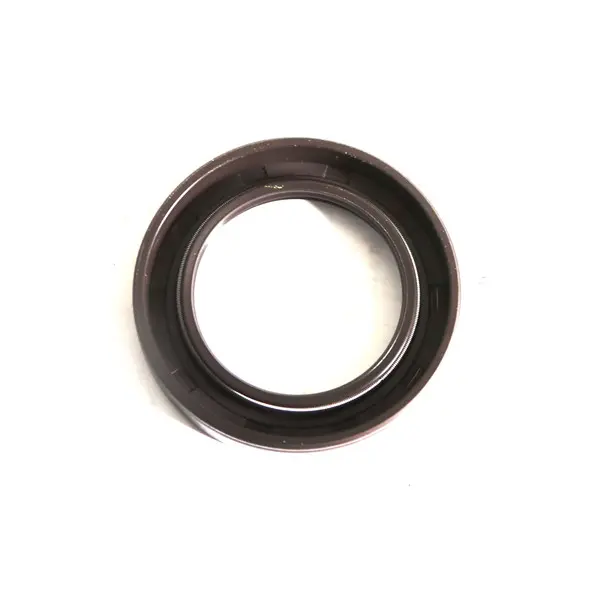8 月 . 13, 2024 12:03 Back to list
Steps to Replace the Valve Cover Gasket and Ensure Your Engine Runs Smoothly
Changing a Valve Cover Gasket A Step-by-Step Guide
The valve cover gasket is an essential component of an engine, providing a seal between the valve cover and the cylinder head. It helps to prevent oil leaks, which can lead to engine damage over time. If you notice oil pooling around the valve cover or a drop in oil levels, it might be time to change the valve cover gasket. This article provides a step-by-step guide to help you replace the valve cover gasket yourself, saving you time and money.
Tools and Materials Needed
Before you start, gather the necessary tools and materials
- Socket wrench and ratchet set - Screwdrivers (flat-head and Phillips) - Torque wrench - New valve cover gasket - Gasket sealer (optional, depending on the gasket type) - Clean rags - Engine degreaser (optional) - Safety glasses and gloves
Step 1 Prepare Your Workspace
Start by ensuring your vehicle is parked on a flat surface and the engine is cool. Disconnect the negative battery terminal to prevent any electrical shorts while you work. It’s always a good practice to wear safety glasses and gloves to protect yourself from dirt and sharp edges.
Step 2 Remove the Components
Depending on the make and model of your vehicle, you may need to remove various components to access the valve cover. This could include air intake pipes, ignition coils, or wiring harnesses. Take a moment to carefully label any wires or components you remove, as this will make reassembly easier. Use the socket wrench to loosen and remove the bolts holding the valve cover in place.
Step 3 Take Off the Valve Cover
Once all surrounding components are out of the way, gently lift the valve cover off. Be cautious not to use excessive force, as the valve cover may be stuck due to old gasket material. If necessary, use a soft hammer to gently tap around the edges to loosen it up. If there’s old oil or grime, use the engine degreaser to clean the area before proceeding.
Step 4 Remove the Old Gasket
changing a valve cover gasket

Carefully remove the old valve cover gasket from both the valve cover and the cylinder head. You may need to use a scraper or putty knife to ensure all remnants of the gasket are removed. Be cautious not to scratch the sealing surfaces, as any damage can cause leaks.
Step 5 Install the New Gasket
Once the surfaces are clean, it’s time to install the new gasket. If the gasket requires sealer, apply a thin layer of gasket sealer to the groove on the valve cover before placing the new gasket in position. Carefully align the gasket with the holes on the valve cover and the cylinder head.
Step 6 Reattach the Valve Cover
Position the valve cover back onto the cylinder head. It’s crucial to tighten the bolts in a crisscross pattern to ensure even pressure on the gasket, which prevents leaks. Use the torque wrench to tighten the bolts to the manufacturer’s specifications, usually found in the vehicle’s service manual.
Step 7 Reassemble Components
Reattach all components you removed earlier, ensuring each is secured tightly. Connect the wiring harnesses and reinstall air intake pipes or any other items that were in the way. Finally, reconnect the negative battery terminal.
Step 8 Check for Leaks
Start the engine and let it idle for a few minutes. Check around the valve cover for any signs of oil leakage. If everything is sealed properly, you should see no leaks.
Conclusion
Changing a valve cover gasket is a manageable task for those who are comfortable with basic automotive repairs. By following these steps, you can help ensure your engine remains oil-tight and runs smoothly. Regular maintenance and attention to leaks can save you from more significant issues down the road. Always refer to your vehicle’s repair manual for specific instructions and torque specifications. Happy wrenching!